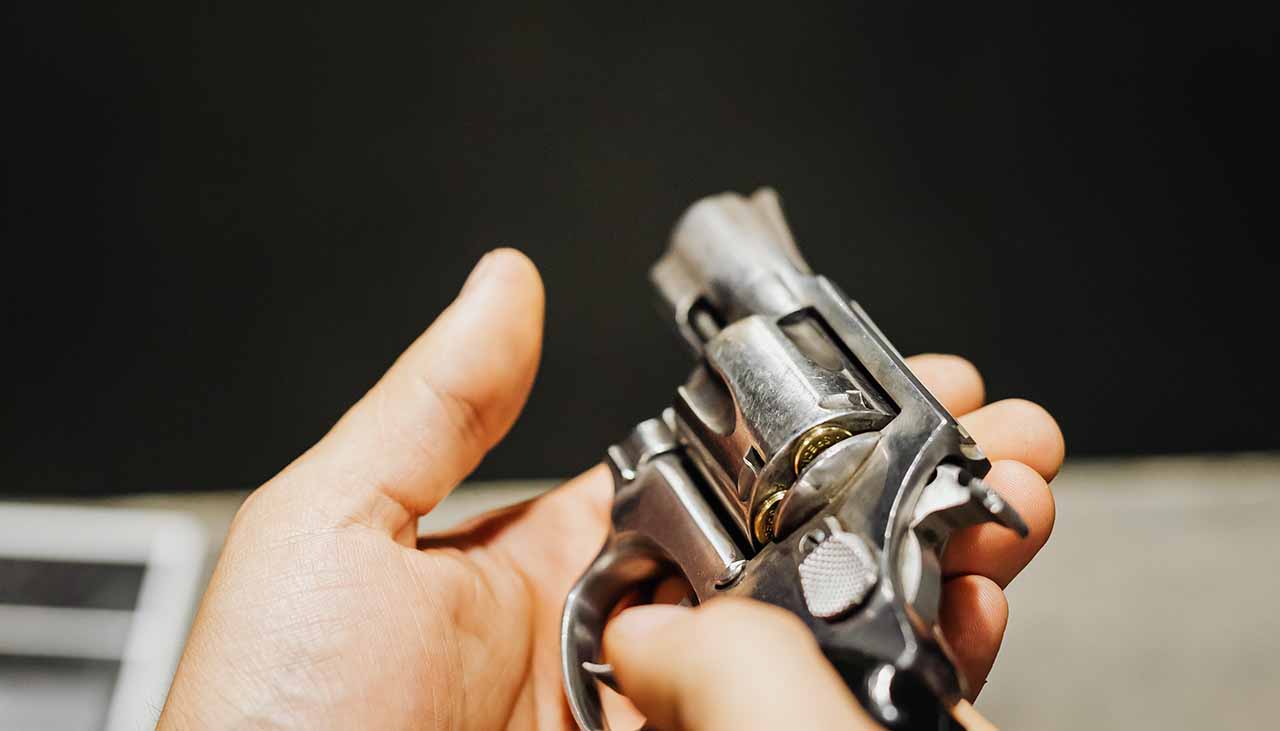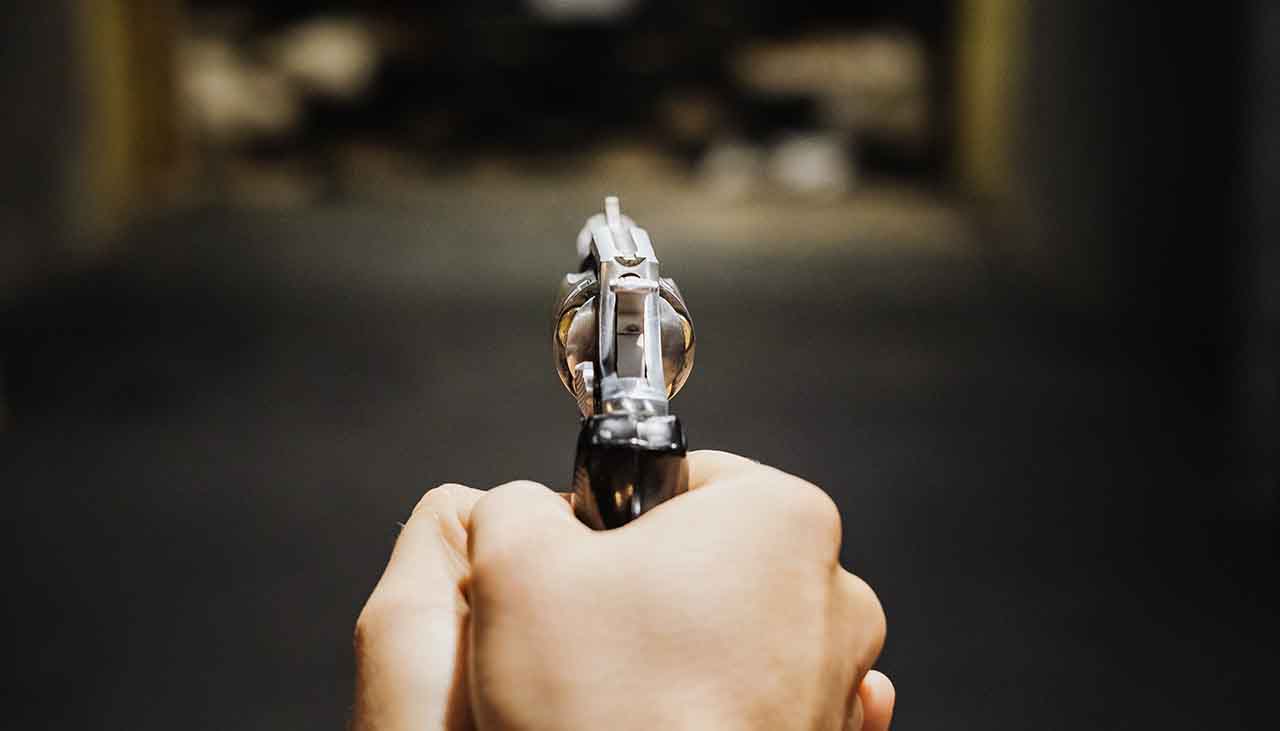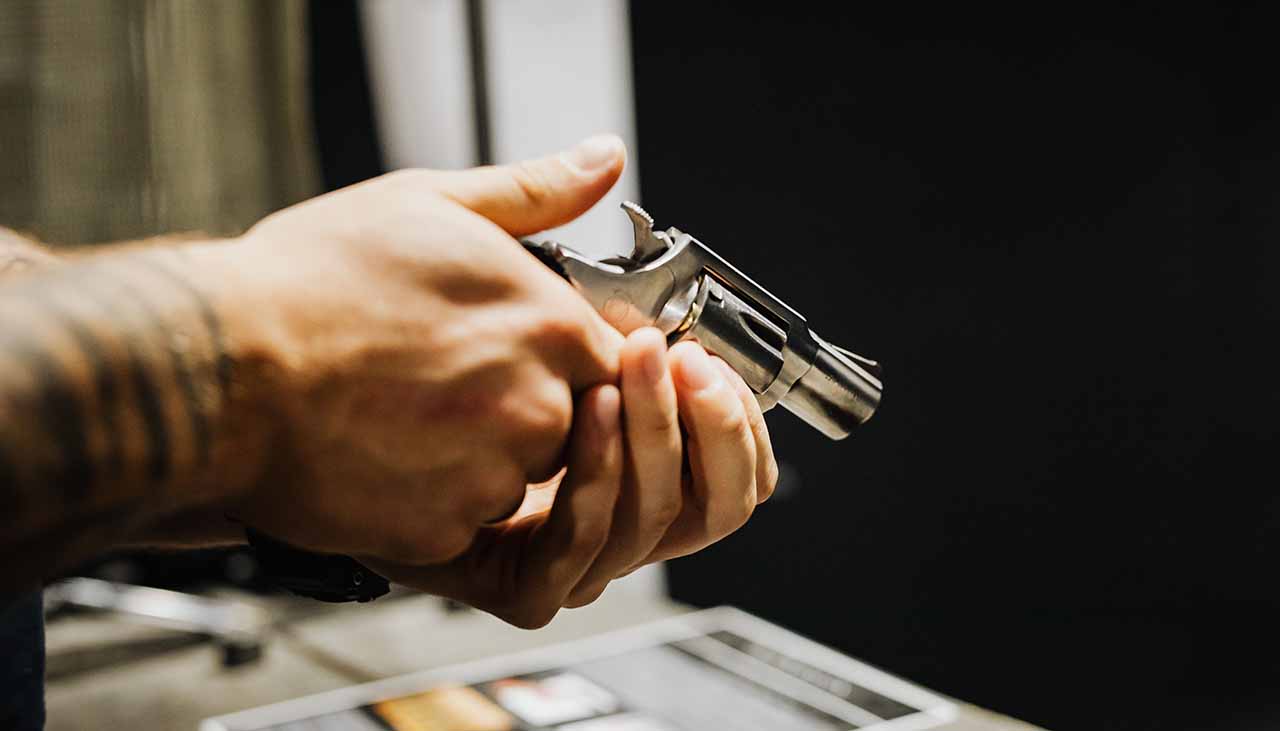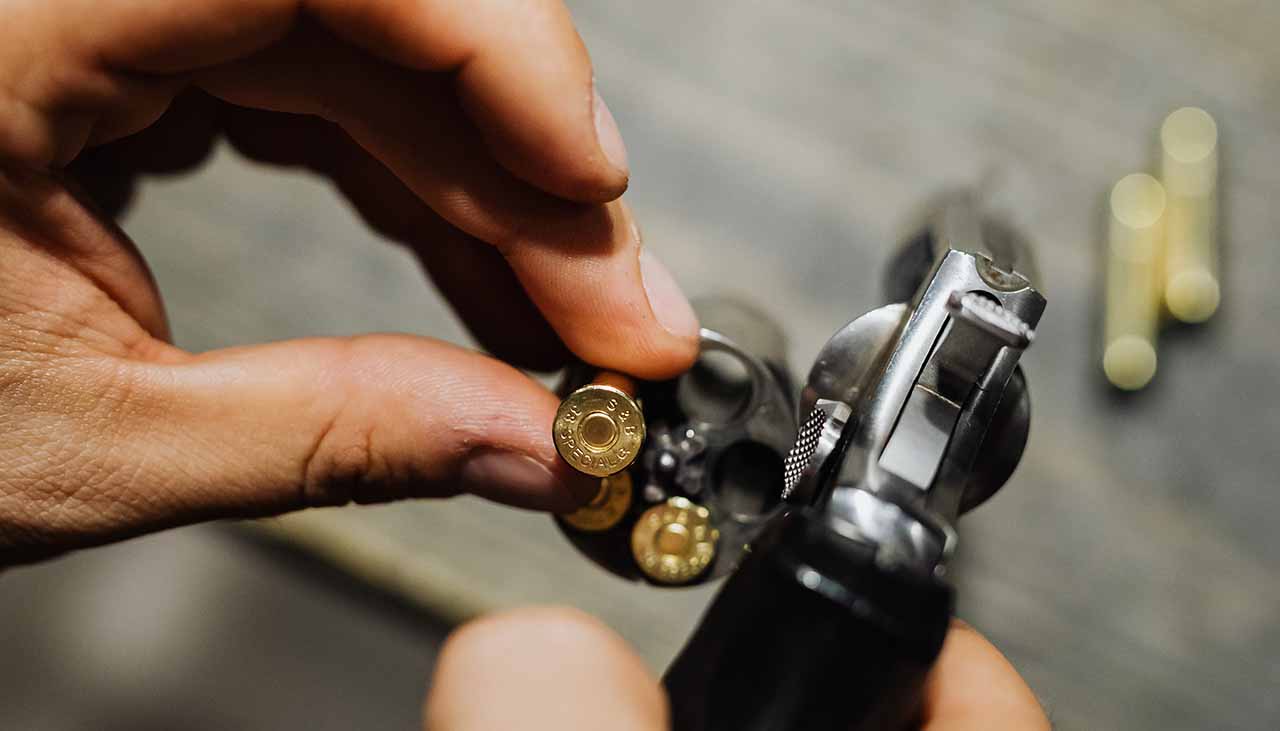For many who know their firearms, when it comes to revolvers and semi-automatic pistols few hold a candle to the products of Smith & Wesson. Since its establishment in 1852, the American firearm giant has been at the forefront of pistol technology, constantly inventing new models across multiple calibers and design platforms; leading many experts and fans alike to argue that S&W pistols are some of the best in existence today. On this journey through Smith & Wesson’s history, we will uncover just how this iconic brand has gone from producing classic wheelguns to highly sought-after self-loading handguns and everything in between!
An Overview of Smith & Wesson’s History and How It Has Led to Its Current Guns
Smith & Wesson (S&W) was founded by Horace Smith and Daniel B. Wesson in 1852 when the two inventors partnered up to create the first modern repeating firearm based on a new self-contained cartridge. This revolutionary design allowed for faster reloading, increased accuracy, and improved safety; all of which set S&W apart from its competitors. In the decades that followed, S&W continued to innovate with firearms advancements – producing breakthroughs such as their first double-action revolver in 1869 and then introducing semi-automatic models later on. As a result of these innovations, Smith & Wesson has established itself as one of America’s premier manufacturers of handguns, providing customers with quality products that are reliable, accurate, and easy to use.
The Revolver Era – the First Models and Their Impact on Gun Design
Throughout much of the late 1800s, Smith & Wesson focused primarily on producing revolvers for shooters around the world. In 1857, S&W released its first handgun: a single-action revolver often referred to as the “Old Model 1”. This firearm represented a huge technological leap forward in terms of gun design and was wildly successful; leading to further refinements with additional models over time. By 1870 Smith & Wesson had established itself as one of America’s premier gunmakers with an impressive catalog that included various types of handguns such as their iconic break-open “Safety Hammerless” (also known as the “Lemon Squeezer”) and their top-of-the-line “Double Action” revolver.
The Transition to Semi-Auto Pistols – Advantages, Disadvantages, and New Developments
In 1902 Smith & Wesson entered the modern era of pistol design when they unveiled their first semi-automatic handgun model: the .32 caliber Model 1900. This pistol was a huge success at the time, boasting performance improvements over its predecessors such as increased magazine capacity and faster reloading speeds. Despite this advancement, Smith & Wesson’s development of semi-auto pistols wasn’t without its challenges; most notably gunsmiths had to grapple with the concept of short recoil – a feature that was essential for the functioning of semi-autos but had yet to be perfected.
Over the next several decades, Smith & Wesson continued to refine and improve their semi-auto pistols – eventually leading up to the release of one of their most popular guns: the M&P series. First introduced in 2005, this line has become a firm favorite among shooters due its durability, reliability, and accuracy; making them a great choice for personal protection or competitive shooting sports.
Looking Ahead – What the Future Holds for Smith & Wesson
As gun technology continues to evolve at a rapid rate, Smith & Wesson is sure to remain at the forefront of innovation with more advanced and reliable firearms. Recently, S&W released the groundbreaking M&P Shield 2.0 – a lightweight and highly concealable semi-automatic handgun perfect for those who value portability and power in equal measure. Furthermore, the company has also been making great strides in the area of polymer-framed pistols with models such as the new M2.0 Compact series; offering a wealth of features at an attractive price point.
Tips for Choosing the Right Smith & Wesson Pistol for You
When choosing your Smith & Wesson pistol, it’s important to consider what type of shooting you intend to do most often (for instance competitive or self-defense) and then match that with the features offered on each model. For example, some models have a longer barrel length for increased accuracy while others have shorter barrels that make them more suitable for concealed carry. Additionally, you should also take into account the gun’s caliber as this will determine its power and range. In the end, it all comes down to personal preference – so don’t be afraid to ask questions and research your options to find the Smith & Wesson pistol that best fits your needs.




